Drivers Will Need to Trust Self-Driving Cars: Supplier

Self-driving cars will require greater connectivity, computing power and overall capability than what’s available in today’s vehicles. But they might need even more than that: trust.
One company is working to improve the relationship between human and car in some unexpected ways. The focus of this is to increase safety as well as collaboration between drivers, occupants, vehicles and the greater infrastructure.
Based in Sweden, Veoneer is relatively new on the automotive-supplier scene. In 2018 they were spun off from Autoliv, a company that works largely on vehicle safety. The emphasis of Veoneer’s efforts is on developing sensors, software and hardware as well as systems integration.
Highlighting their ongoing work, the firm demonstrated some intriguing capabilities at the Consumer Electronics Show in Las Vegas. Bringing their efforts together into one neat package is the Learning Intelligent Vehicle, LIV3.0 for short. It’s a research platform designed to enable the study of how drivers and vehicles interact.
This four-wheeled testbed is loaded with cutting-edge technology like artificial intelligence, vehicle-to-vehicle and vehicle-to-infrastructure communication, 5G connectivity, a phalanx of internal and external sensors as well as a host of monitors inside that track the driver’s gaze, cognitive load, emotional state, drowsiness, hand position and more.
SEE ALSO: Complete 2019 Detroit Auto Show Coverage
That heap of sensors, software and circuits enables numerous different functionalities as demonstrated on a small but meticulously arranged and carefully controlled test track. The LIV3.0 can easily drive through complete darkens all on its own, a situation where the driver cannot see a foot beyond the vehicle’s headlamp beams. In this sort of situation, the car can even detect pedestrians that are completely invisible to the naked eye. It’s also capable of automatically reducing speed while going through work zones, steering around unexpected road obstacles and even recognizing when a driver is distracted, automatically increasing following distance for enhanced safety. Naturally, the LIV3.0 is also capable of basic driver-assistance functions including automatic braking and road-sign recognition.
The way these functions have been implemented and how they interact is all aimed at building driver trust. Lane-keeping assist and adaptive cruise control, for instance, are transformative technologies, important steps on the road to fully autonomous vehicles but, according to Veoneer, these features are of little value if the driver switches them off because of annoying alarms or chooses not to use them because they lack faith in their ability to perform.
ALSO SEE: Pros and Cons of Connected Cars
With the LIV3.0 they’re also aiming to help develop technology that allows drivers to better understand their role in driving when autonomous technology eventually becomes widespread. Motorists need to be able to trust their vehicle’s self-driving features and these systems need to effectively communicate when human intervention is required.
It’s estimated that some 1.4 million roadway fatalities occur around the world each year. Much of the technology demonstrated in the LIV3.0 test car could help dramatically reduce that figure once it becomes widely adopted.
The work shown here is designed to support the evolution of cars into the 2030s. By that time, Veoneer anticipates most vehicles will be equipped with advanced driver-assistance systems and autonomous capability. If the features demonstrated in the LIV3.0 work as well in the real world as they do on a test track, this company will have a bright future. You can put your trust in that.
Check out more technology stories like this one!

Born and raised in metro Detroit, Craig was steeped in mechanics from childhood. He feels as much at home with a wrench or welding gun in his hand as he does behind the wheel or in front of a camera. Putting his Bachelor's Degree in Journalism to good use, he's always pumping out videos, reviews, and features for AutoGuide.com. When the workday is over, he can be found out driving his fully restored 1936 Ford V8 sedan. Craig has covered the automotive industry full time for more than 10 years and is a member of the Automotive Press Association (APA) and Midwest Automotive Media Association (MAMA).
More by Craig Cole




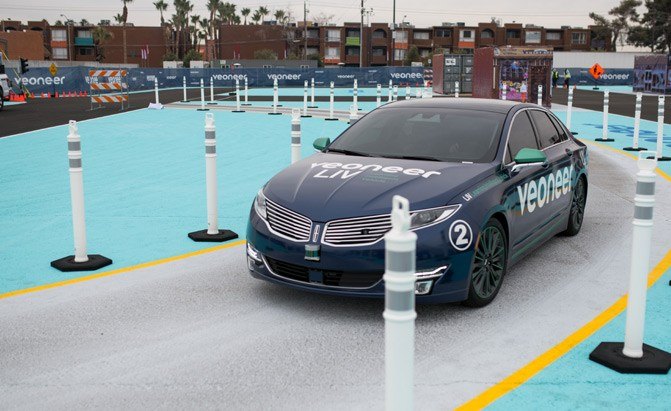














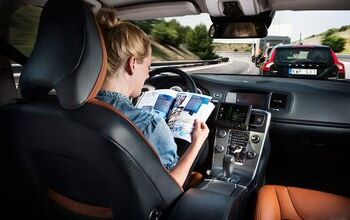
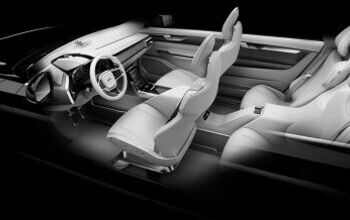

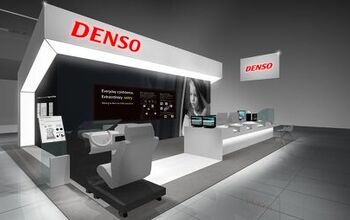
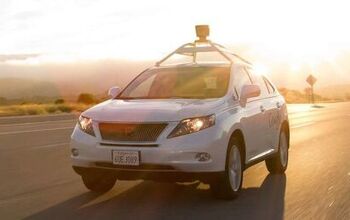











Comments
Join the conversation